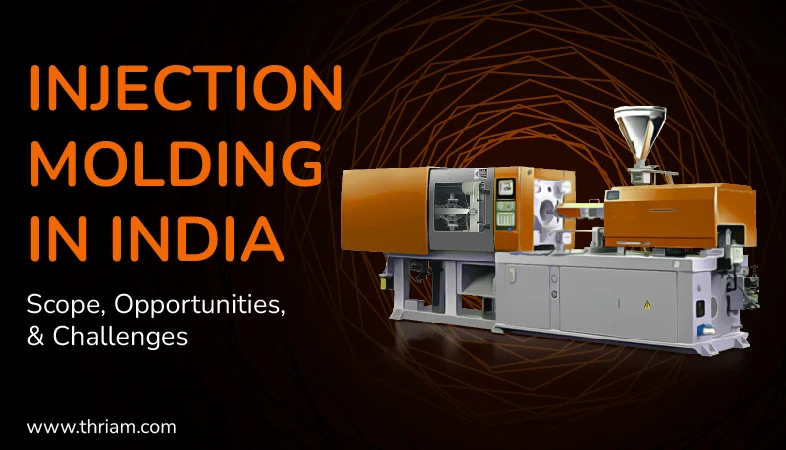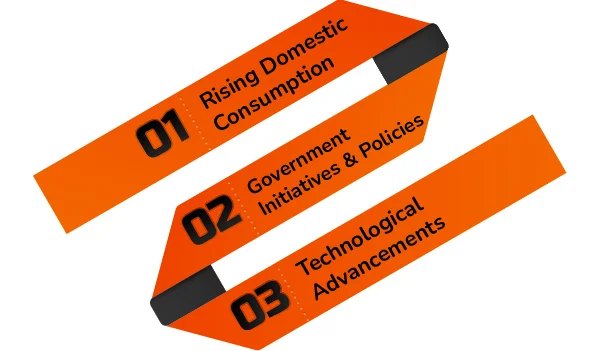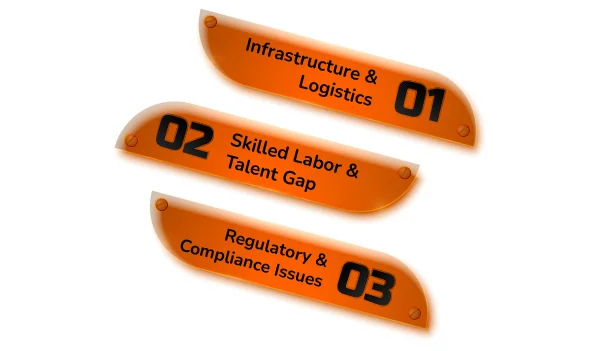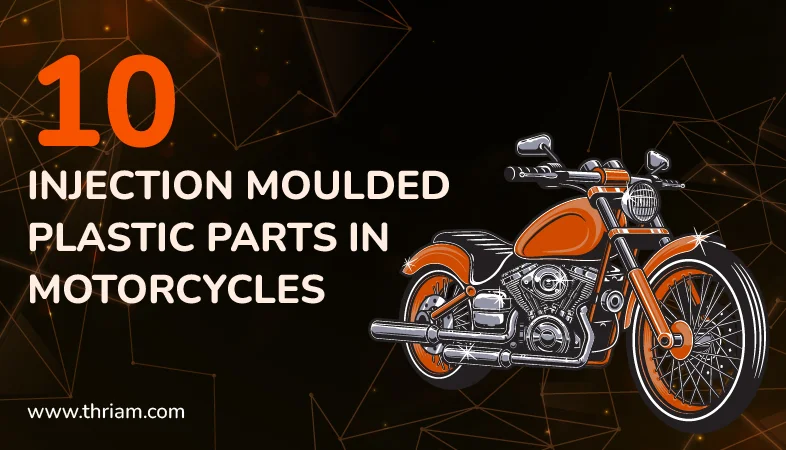Injection Molding in India - Scope, Opportunities, and Challenges

Injection molding is a manufacturing process that involves melting raw plastic material and injecting it into a mold to create various products. In recent years, the injection molding industry has seen significant growth in India. With a rapidly growing economy and a large skilled workforce, India has become a favored destination for injection molding manufacturers worldwide. This article explores the scope of injection molding in India, the opportunities, and the challenges associated with it.
Scope of Injection Molding in India
India has a vast scope of growth within the injection molding industry, primarily due to the current market size and future projections. The market size has grown considerably in recent years and is projected to reach $13.3 Billion by 2025 at a CAGR of 5.7%. The injection molding market in India has significant potential for growth in key sectors such as automotive, packaging, healthcare, and construction. With India's population of over 1.3 billion, domestic consumption is on the rise, and manufacturing sectors must ramp up production to meet demand.
Industrial Applications
Injection molding technology is widely used in various sectors such as automotive, packaging, healthcare, and construction. Injection molded products provide high precision, consistency, and reliability, making them ideal for these specific applications. In the automotive sector, injection molding technology is used to manufacture critical parts such as engine components, dashboard structures, and door handles. In packaging, injection molding technology is utilized to create packaging materials for various consumer goods. In the healthcare sector, injection molding technology produces medical devices such as syringes, catheters, and connectors.
Export Opportunities
India's injection molding industry has tremendous potential regarding exports. India's competitive advantage is primarily due to its low-cost manufacturing and skilled workforce, making it an attractive destination for many global manufacturers. As a result, India has emerged as an export hub for countries such as Europe, North America, and Asia. With the government's initiatives to promote "Make in India," the injection molding sector is expected to drive India's export-oriented growth, with significant investments flowing in.
Opportunities in the Indian Market

Rising Domestic Consumption
The increasing middle-class population's rise in India and the consequent surge in domestic consumption has created an enormous potential for injection molding manufacturers. The consumer goods industry, along with the automotive and construction sectors, will see significant growth in demand for injection molded products.
Government Initiatives and Policies
India's government has been taking several initiatives to encourage domestic production and exports in the injection molding industry. The government's "Make in India" campaign, specifically, aims to promote domestic manufacturing, which offers tax and non-tax incentives to support the injection molding sector. Additionally, the government has also encouraged foreign direct investments and technological collaborations in India's market.
Technological Advancements
The injection molding industry in India has seen significant technological advancements in recent years. Numerous companies in the country are introducing smart machines in their production processes. The use of sensor-based technology and AI are developing to monitor the production, operation, and maintenance of injection molding machines. The industry has seen considerable advancements in the development of newer and better materials, which are enhancing the quality and efficiency of products.
Challenges in the Indian Market

Infrastructure and Logistics
The lack of infrastructure and logistical support is one of the most significant challenges facing the injection molding industry in India. The absence of adequate transportation facilities and poor infrastructure poses logistics challenges in production and distribution.
Skilled Labor and Talent Gap
The availability of skilled labor has become a significant challenge for the injection molding industry in India. The supply of skilled labor cannot meet the ever-increasing demands of the industry. More significant investment in skill development centers and R&D facilities is necessary to bridge the talent gap.
Regulatory and Compliance Issues
The injection molding industry in India is bound by various legal and regulatory compliance. However, there is a lack of awareness of these regulations and guidelines, resulting in manufacturers facing quality control issues, environmental concerns, and intellectual property protection issues.
Most common applications of injection molding India
- Automotive Parts: The automotive industry in India extensively uses injection molding for manufacturing a wide range of components. These include interior parts like dashboards, door panels, and seat covers, as well as exterior parts like bumpers, grills, and mirror housings. Injection molding allows for precise and cost-effective production of these components to meet the demands of the growing automotive sector.
- Packaging Materials: Injection molding plays a vital role in the packaging industry by producing various packaging materials and containers. From plastic bottles and caps to food containers and packaging trays, injection molding delivers durable and lightweight solutions. The technology enables manufacturers in India to produce packaging materials that are visually appealing, stackable, and resistant to impact and temperature variations.
- Consumer Electronics: Injection molding is widely used in the manufacturing of consumer electronic products in India. The production of mobile phone cases, remote controls, audio components, and laptop shells are just a few examples of how injection molding is utilized in this sector. Injection molding enables the production of intricate designs, ensuring proper fit, finish, and functionality of electronic devices.
- Medical Devices: Injection molding has revolutionized the medical device industry in India by enabling the production of vital components like syringes, inhalers, catheters, and connectors. The technology ensures the accuracy and consistency required for medical applications. Injection molding also provides an opportunity for the production of biocompatible materials, meeting the stringent standards and regulations of the healthcare industry.
- Consumer Goods: Injection molding is prevalent in the manufacturing of various consumer goods in India. This includes products like toys, kitchenware, furniture components, and home appliances. The technology allows for the production of different shapes, sizes, and textures, providing versatility for consumer goods manufacturers.
Conclusion
The injection molding industry in India has significant scope for growth. The industry is poised for growth due to the increasing demand for plastic products in both domestic and international markets. The government's support to encourage domestic manufacturing and innovation, along with the continuous advancements in technology, will make the industry more competitive. Despite the opportunities, there are certain challenges that need to be addressed, such as infrastructure, skilled labor, and regulatory compliance. This industry's successful growth depends on the government's initiatives, the industry's ability to adapt to the latest technologies, and the industry's collaboration of national and international firms working together.



